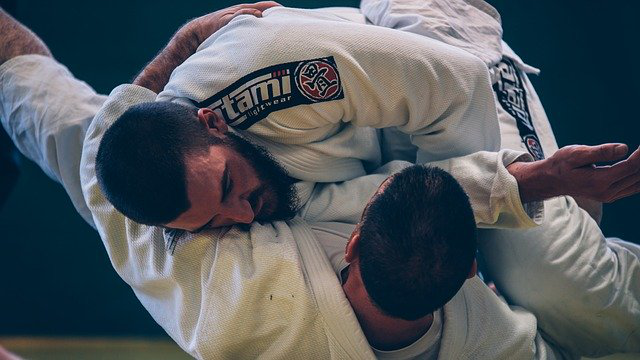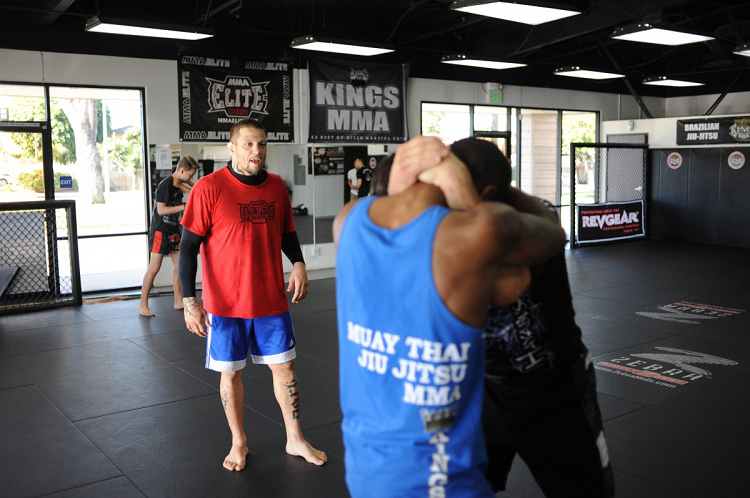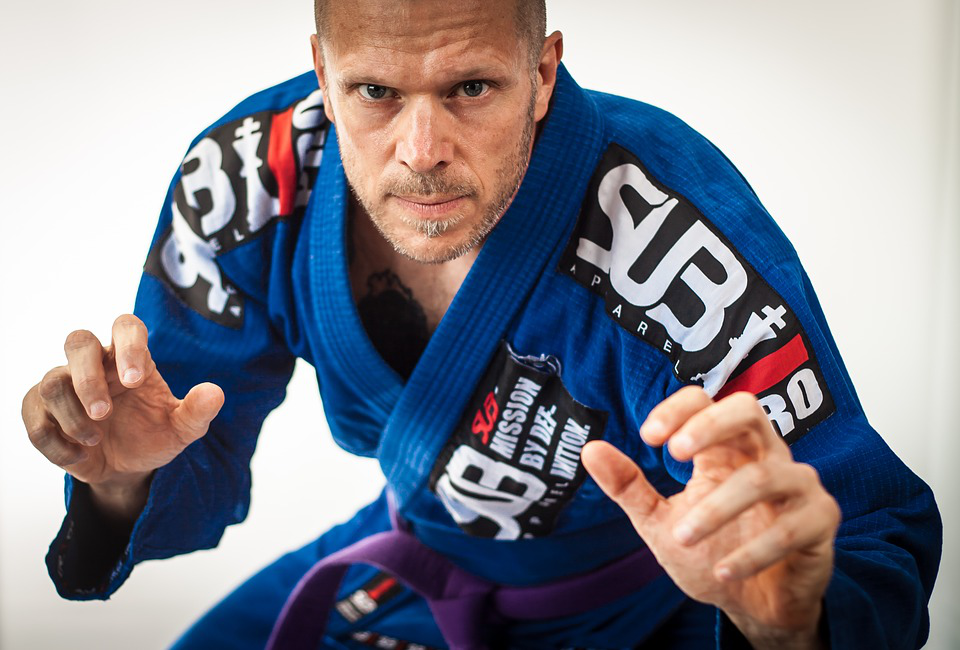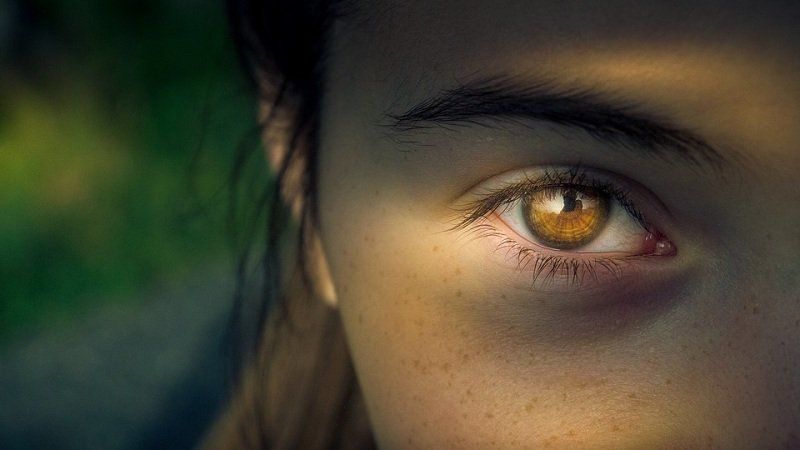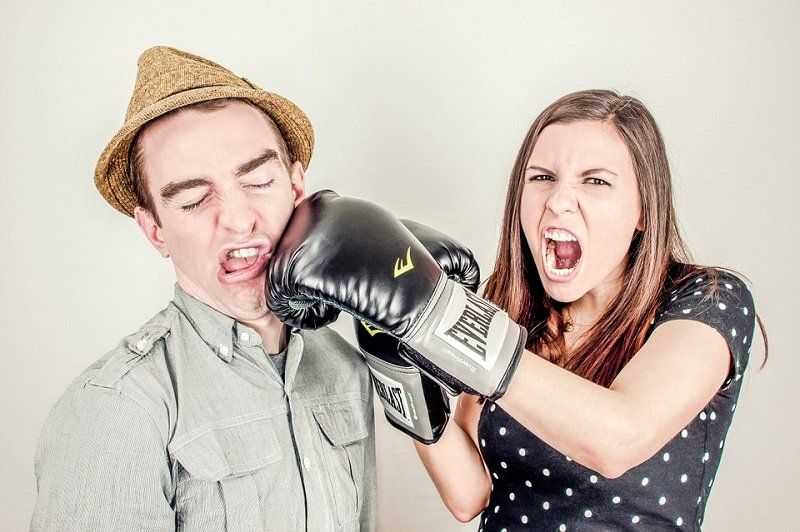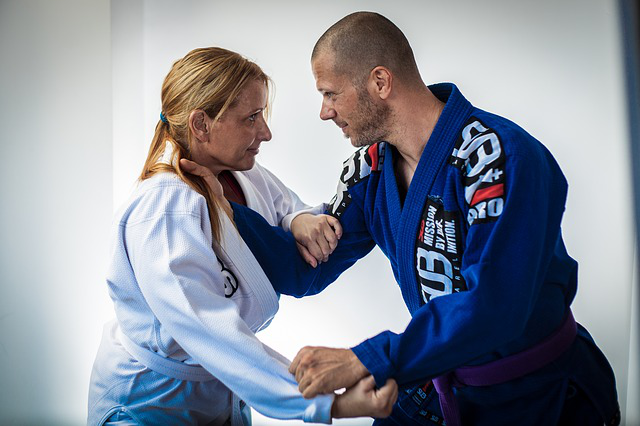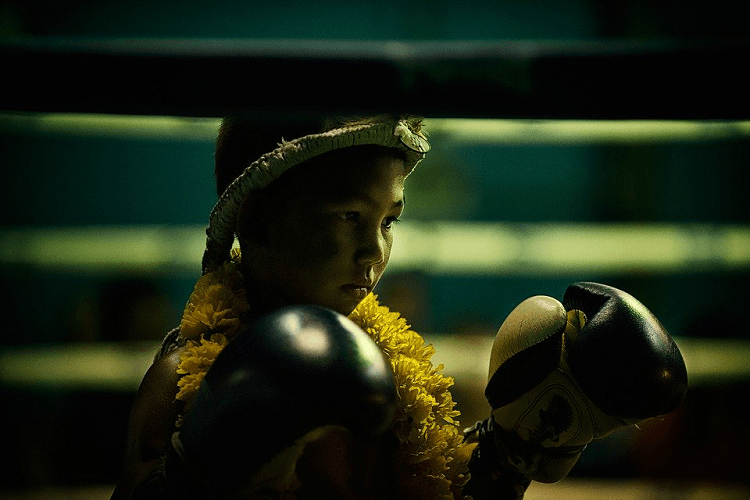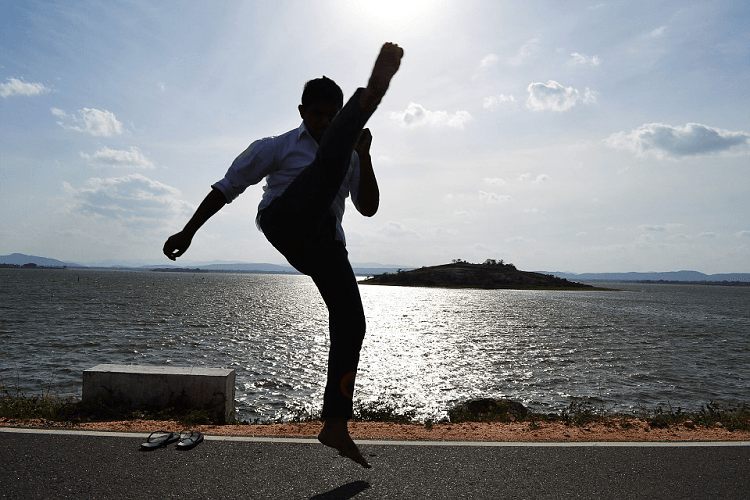Supplement your training in Martial Arts and MMA with Kobudo
This may be an option for you to improve your ability to focus and regulate your emotions and mental energies! Have you ever wondered why some martial artists choose to practice weaponry involving ancient martial arts implements, such as the Bo, Sai, or Tonfa? What benefit can this possibly have in the modern world of Combat and Self-defense? Why would a martial artist spend significant time training in these ancient traditions, when time might be better spent honing empty-hand self-defense skills?
Although these ancient weapons seem to have limited applicability in the modern world of combat. This ancient practice continues to be a valuable supplemental and complementary part of modern martial arts training.
Strength, Balance, and Flexibility (Conditioning)
As an overriding observation, practicing Kobudo is rigourous and not a casual and easy practice. You will sweat, you will strain in your performance and your limbs will tire. Kobudo continues to develop many of the same physical skills of empty-hand martial arts training. The stances and body-dynamics are very similar, both include blocking and striking techniques, and both require suppleness and strength of limb. In short, this means that the practice of Kobudo continues to enhance a practitioner’s strength, balance, timing and flexibility in much the same way that empty-hand training benefits us.
This focus on strength, balance/base, timing, structure, and the range of technique are also a critical component in jiu jitsu training - building strength is important for grappling, but jiu jitsu is also about balance, posture, structure while executing technique (technique first, strength second is the golden rule). Control over balance and body position can mean the difference between success or failure when rolling in jiu jitsu. The poise, balance, and control that comes from training in Kobudo can aid you in this development.
Re-consolidation (Relational Learning)
Alternative training methods have become a hot topic over the last few years, with many athletes turning to unconventional (and sometimes strange) methods to enhance performance, and Combat Sports practitioners have been at the forefront of this exploration into unchartered territory.
One of many examples in MMA: Conor McGregor has famously touted the benefits of “movement training” that has been popularized by instructors, such as Ido Portal. A number of online videos show “McG” demonstrating unconventional (and stressful) movement drills that resemble a strange mixture of dance and martial arts. Not only does this provide a secondary method of strengthening the body and creating flexibility, but this practice may also enhance more traditional applications through a process of relational learning. Under this principle, it may be possible to reduce your learning-curve with a particular task, by creating subtle variations in your base training methods - an alternative to endless repetition of a single task.
This concept is based on a neurological principle called “memory reconsolidation”, where existing memories and neural pathways (“muscle memory”) are slightly modified with new knowledge gained from similar (but slightly different) tasks. An example of this might be a boxer who mixes heavy-bag punching drills with unconventional drills, such as repeatedly snatching a small bouncing ball out of the air (boxing great Roy Jones Jr. also claimed to chase chickens around his farm in Florida to gain better speed, footwork, and eye/hand coordination). Although chasing ping-pong balls (or chickens) does not appear beneficial in training for Combat Sports, the task employs many of the same movements that a boxer/striker employs, and it requires similar eye-hand coordination. So under the principle of “reconsolidation” learning, the unconventional practice with a bouncing ball (or scurrying chickens) may actually enhance your abilities with the base-drill of combination punching and solid, fast footwork - it also has the added benefit of “breaking up” the monotony of everyday training, and provides time for mental (and physical) recuperation - something fun to enjoy as a break in the strenuous and tiring routine.
Kobudo provides a similar benefit to your empty-hand training, by employing similar (but different) movements that capitalize on “reconsolidation” learning. Under this principle, the rigorous practice of Kobudo is not wasted effort, but is instead, a valuable supplement to empty-hand training - and it breaks the monotony of a tiring routine.
Hand-Eye Coordination
Building on the principle of reconsolidation learning, Kobudo also requires extensive eye-hand coordination in order to perform competently. Solid stance and footwork are a must, and the feet must be in coordination with the hands, or the Kobudo weapon becomes almost useless. It generally takes many years of dedicated practice to develop this coordination, but once learned, it becomes second nature - similar to the old adage of riding a bicycle.
This ability to coordinate hand/feet/eyes while manipulating a complex weapon in your hands can greatly improve your conventional empty-hand training, including your proficiency in Boxing, Kickboxing, and MMA.
Poise and Mind/Body Control
Much of Kobudo is principled on poise and complete control of the body - nowhere is this more evident than in the practice of Iai (or Iaido), which is the art of drawing and cutting with the Japanese Katana (what some may euphemistically call the “samurai sword”). Absolute and complete control over every aspect of your body is required, in order to properly practice this art. And yes - there are experienced practitioners of this art who can literally chop an apple from atop your head, without cutting a hair (although I would never suggest you volunteer for this “William Tell” demonstration).
The Japanese Samurai of old also spent an extensive amount of time in the study of archery - and archery continues today as a zen-like form of meditative practice. Archery requires an incredible amount of mind and body control, and a master of archery learns to literally “feel” his/her way to the target without actually aiming (some experienced archers can literally strike a target dead-center while blindfolded). Do I believe this incredible skill represents the development of some sort of “sixth sense” abilities? NO, but I do believe that these practitioners develop so much control in their fine-motor muscle coordination that if you place them in front of any target where the distance/range is known, they no longer need their eyes to strike the target - their refined muscle memory is enough to direct their aim every time (Basketball players demonstrate a similar proficiency in fine-motor muscle coordination when they score a perfect 3-point shot, hitting “nothing but net”).
The point of this analogy is that through the practice of Kobudo, you can gain an extraordinary amount of poise and body control, and overall muscle coordination. Where your foot rests and how it slides forward, when your hands move, how your body bends - all of this represents an obvious and critical component of your empty-hand skills, and practice of Kobudo can aid you in mastery of your physical movement.
Emotional Control
Control of your emotions (and fear) is critical to any self-defense training. Panic kills, and fear decimates, so controlling your emotions and channeling fear to your advantage is critical in any violent encounter. The practice of Kobudo can also provide an almost “meditative” environment where you can focus on total control of your emotions, as well as your body.
Now when I refer to “meditation”, I do not mean some form of mystic spiritual practice - I simply mean that the practice of Kobudo provides an environment where you can clear your mind, and learn to focus only on the specific task at hand (i.e., focusing 100 percent of your thoughts and energy on the “here and now”, while tuning out all distractions and fears). So what we are really talking about here is total and un-flinching “focus” on the task at hand. Any Combat Sports competitor will tell you the importance of focus before the big fight, and I find that the intense process of thought during Kobudo practice is almost identical to the focus required before you step into the ring or cage.
So Kobudo can greatly aid children and adults who want to improve their ability to focus and regulate their emotions and mental energies. This will also aid in the mastery of any form of self-defense (whether it be Karate, Muay Thai, Jiu Jitsu or MMA, etc.).
